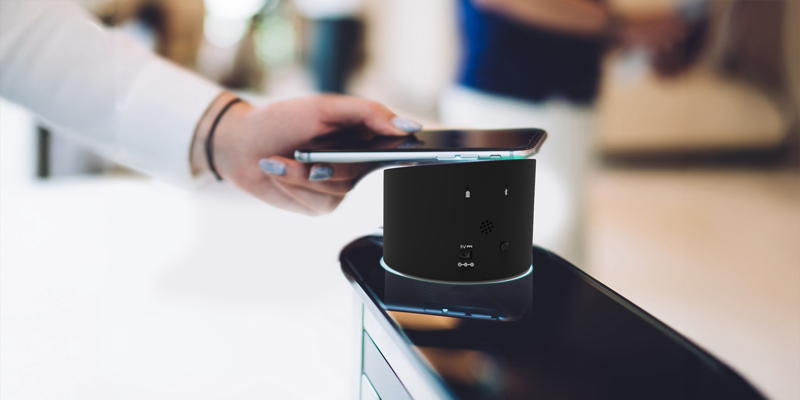Revolutionizing Access Control with Digital ID
Blog by Macie Blakeman
With the advancement of technology, traditional methods of physical access control are becoming outdated. Business owners, event managers, and more are searching for ways to make restricted areas more secure by ensuring only authorized users can enter a protected space.
Digital IDs are quickly gaining popularity around the world and offer a solution for a more secure and convenient way to manage access control. These forms of identification are stored within mobile wallet applications and use QR/NFC technology for authentication, creating a secure way to verify one's identity. Let's explore how digital IDs can be used to manage access control better and discuss the benefits of implementing a digital ID solution for security.
What is a Digital ID?
A digital ID is a digital representation of an individual's identity, such as a driver's license or passport. It is used to authenticate and verify an individual's identity during any process that requires one to present their ID, such as traveling or buying age-restricted goods.
Digital IDs are being integrated into many jurisdictions worldwide, using a mobile wallet application on one's mobile device to store identification information. The stored information is read and authenticated by using QR code/NFC technology in conjunction with a data reader. These digital IDs, paired with a data reader at entrance points, can be used to authenticate and verify an individual's identity when accessing buildings, restricted areas, or events.
Streamlined Processes for Granting/Denying Access
Digital IDs on mobile phones can be used for secure access control in a variety of settings, including building access control, restricted area access control, and event access control. This technology streamlines processes for granting or denying access to areas, making the process easier. The process for using digital IDs on mobile phones for physical access control is as follows:
- User Presents Mobile Phone: The user presents their mobile phone with the digital ID stored in the mobile wallet application.
- Data Reader Gathers Information: A data reader reads the stored ID information directly from the user's mobile phone by using a QR code or NFC technology.
- Authentication and Verification: The data reader verifies the information stored on the digital ID, ensuring that the individual is authorized to access the area.
- Access Granted or Denied: Access is granted if the individual is authorized; if not, access is denied.
Benefits of Integrating Digital ID for Access Control
Implementing digital ID technology for access control provides a world of benefits that enhance security measures, increase convenience, and cut back on expenses.
First, digital IDs can provide a significantly higher sense of security for restricted areas/buildings. Traditionally, access control has been managed using keys, access cards, or security codes. However, these methods are susceptible to security breaches, such as lost keys or stolen access cards or codes. A digital ID stored within a mobile wallet app provides a higher level of security than these methods, as one's mobile phone is typically password protected and can be locked if the phone is lost or stolen.
In addition, digital IDs are more difficult to duplicate or forge. QR code technology provides an additional layer of security as the codes are unique to one's identity and difficult to replicate.
Using digital IDs for access control also provides a new level of convenience for those with authorized access and need to enter a restricted area. This is because a user only needs to carry their mobile phone to access certain areas, eliminating the need for physical access cards or keys. This way, authorized individuals don't have to worry about accidentally forgetting their key cards and can easily gain access using the mobile device they already have on them.
Finally, pairing digital IDs with a data reader at secure entry points can be a more cost-effective option than traditional access control methods. This technology eliminates the need to purchase and replace physical access cards or keys, as mobile wallet applications are readily available for download on most smartphones.
The Future of Access Control
By implementing digital ID solutions for access control, businesses and organizations can enhance security, reduce costs, and streamline access control processes. Whether it's controlling access to buildings, restricted areas, or events, digital IDs help establish higher-level security practices and ensure that only authorized individuals are gaining access to protected areas. The future of access control is here, with digital IDs paving the way toward safer and more controlled processes.